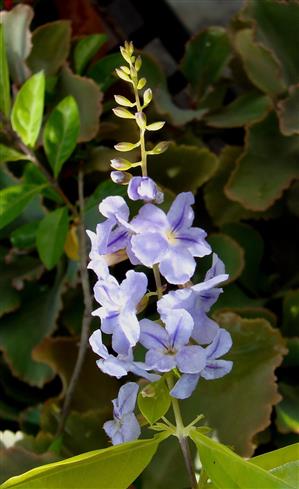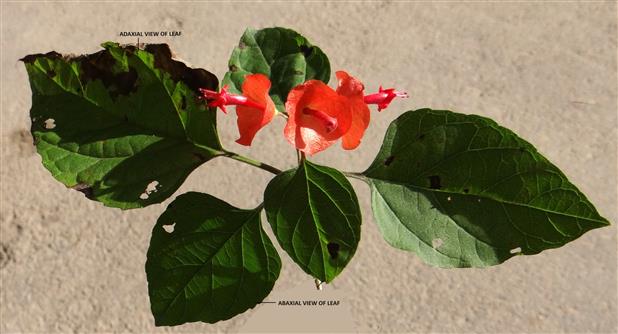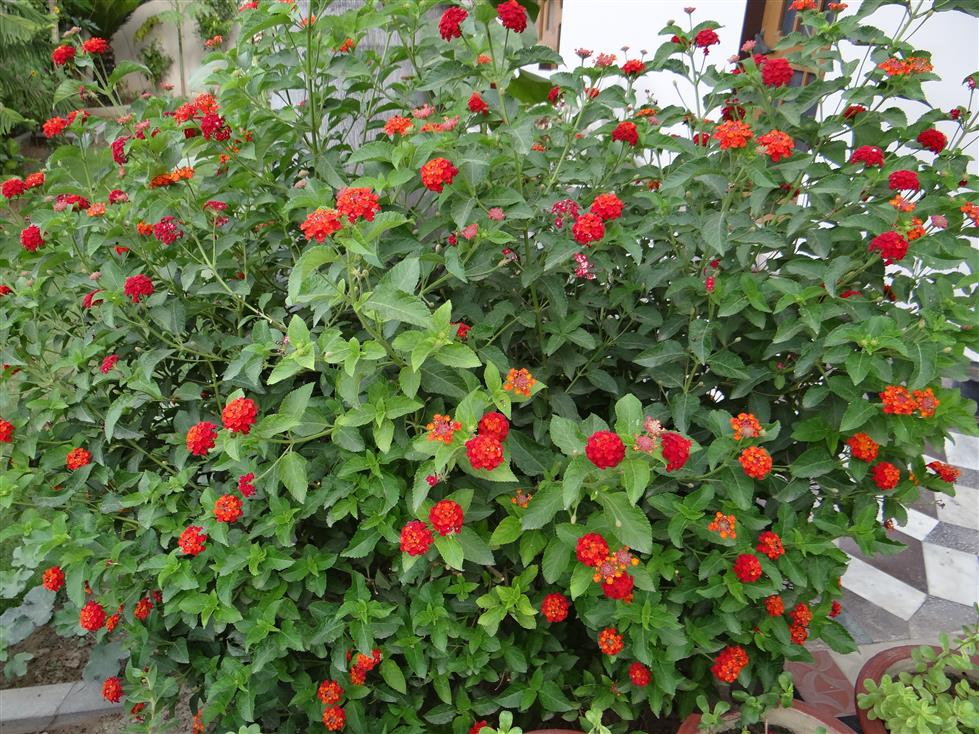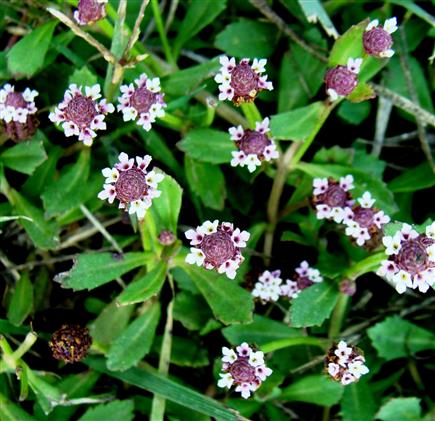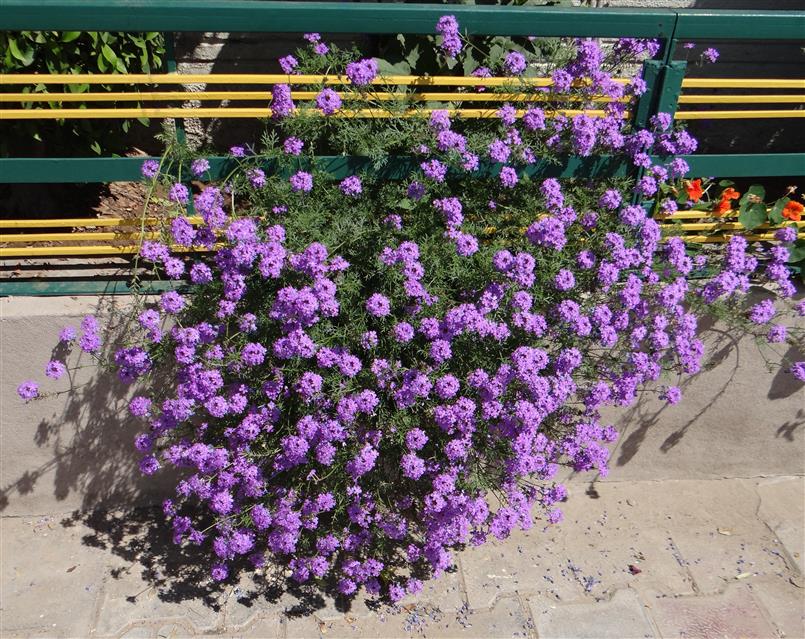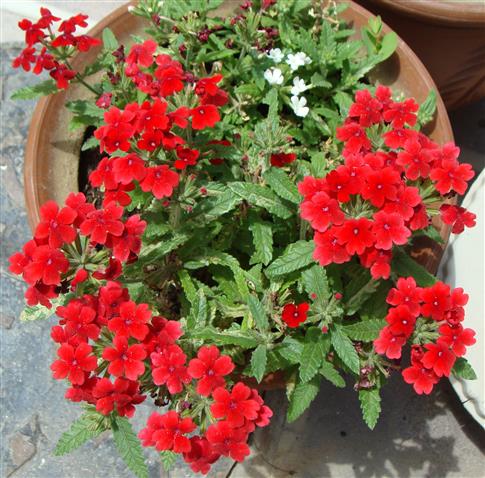VERBENACEAE
Herbs, shrubs or trees, rarely woody climbers. Branches and twigs tetragonal. Indumentum of simple, stellate and other complex hairs. Leaves usually opposite, rarely alternate or whorled, exstipulate, simple or 3-foliate, less often compound. Inflorescences terminal or axillary, racemose, cymose, spicate or thyrses. Flowers bisexual, usually zygomorphic, hypogynous. Calyx gamosepalous, mostly tubular or campanulate, 4-5-lobed (rarely 6-8) or toothed to subentire, persistent, sometimes enlarging and concealing the fruit. Corolla gamopetalous, hypocrateriform (salverform) or funnelform; limb often with as many lobes as the calyx and somewhat 2-lipped, lobes unequal, spreading or erect; tube usually nearly cylindric or widened upwards, often curved. Stamens mostly 4, didynamous, inserted on corolla tube and alternating with lobes; staminodes often present; filaments free, anthers bithecous, dorsifixed, dehiscence longitudinal. Disc inconspicuous. Carpels 2, sometimes 4-5, rarely 1, syncarpous, ovary superior, somewhat 4-lobed, 2-locular or 4- locular by false septation, usually with one ovule per apparent loculus (2 ovules per true loculus), attached at base, top or lateral side of loculus or on central axis, axile or free central placentation; style simple, terminal; stigma 1, capitate, entire or 2-lobed. Fruits usually schizocarpic, dehiscent into 1-2 (-10)-celled pyrenes or capsular or indehiscent drupe; fruits more or less enclosed by calyx-tube. Seeds 1-few.
31 genera and about 1070 species
